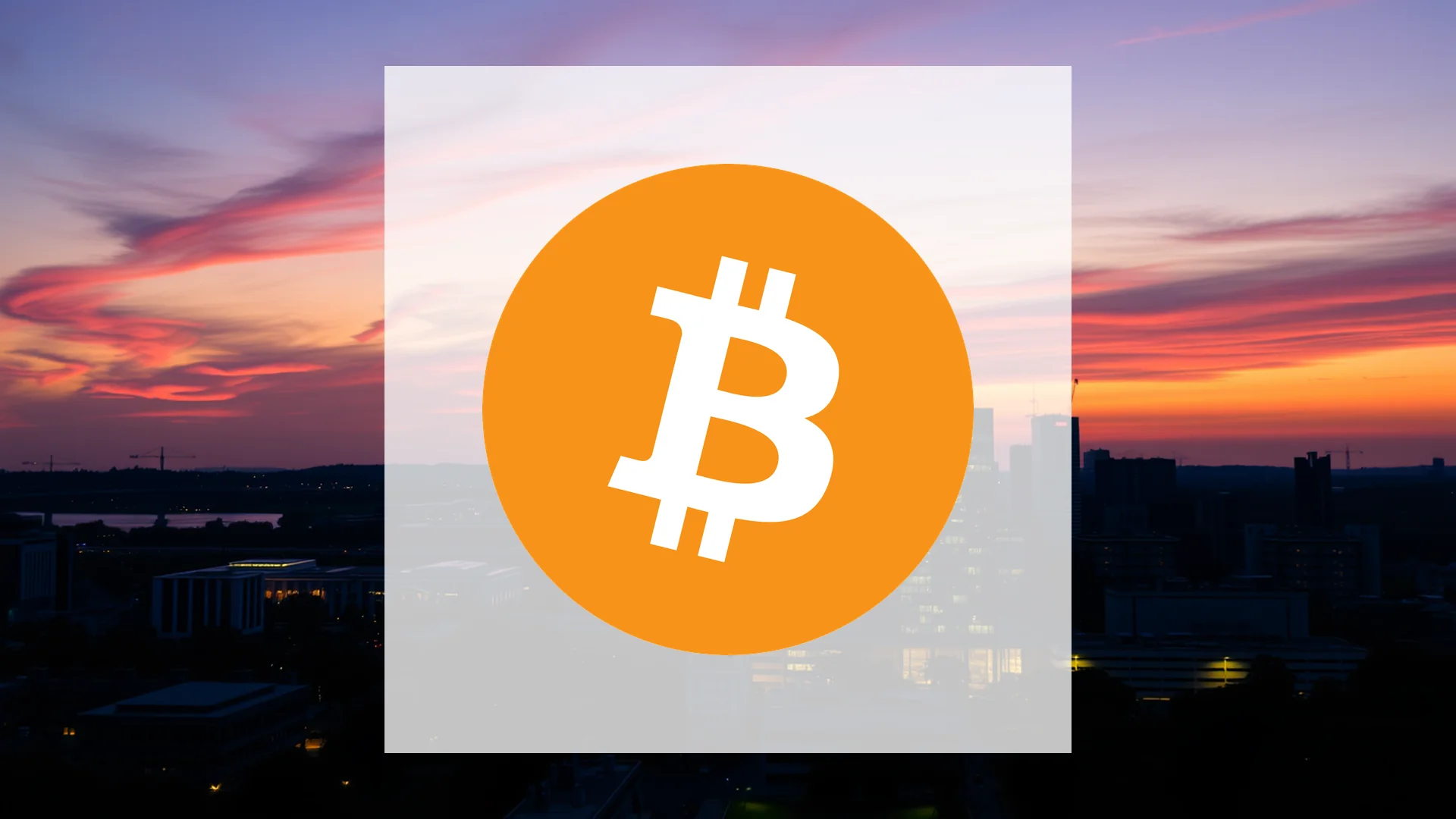
The psychological barrier of $100,000 has been breached, testing the resolve of Bitcoin investors worldwide. As the leading cryptocurrency sheds over $450 billion in market capitalization since October, a critical question emerges: is this the onset of a major bear market or merely a necessary market correction?
Institutional Sentiment Swings Wildly
The conviction of institutional investors appears to be wavering. A striking example of this volatility was observed on November 11th, when Bitcoin ETFs recorded massive inflows of $524 million. This wave of optimism was short-lived, however, as the very next day saw a sharp reversal with outflows of $278 million. This pattern indicates that while major players remain active in the market, their strategies are increasingly reactive to macroeconomic indicators and broader market apprehension. The central uncertainty lies in whether this represents temporary profit-taking or the beginning of a sustained de-risking strategy.
Liquidation Cascade Accelerates Decline
A dangerous chain reaction has taken hold in the markets. The recent price slump triggered the liquidation of nearly $350 million in leveraged long positions within a single 24-hour window. This domino effect rapidly pushed the value below the crucial $100,000 level, with some analysts now pointing to a “confirmed bear regime” as ETF inflows diminish and retail participation contracts.
What fundamentally drives this downward momentum? The answer may lie in Bitcoin’s growing correlation with traditional risk assets. In the absence of compelling crypto-specific catalysts, the digital asset is increasingly moving in tandem with technology stocks, which are themselves currently exhibiting weakness.
Should investors sell immediately? Or is it worth buying Bitcoin?
Regulatory Clouds Gather on the Horizon
Amid the price struggle, regulatory developments are advancing globally. In the United States, the SEC is developing an internal “token taxonomy” framework designed to categorize digital assets into distinct classes such as “digital commodities” and “tokenized securities.” While the stated goal is regulatory clarity, the classification process could introduce further near-term uncertainty.
Japan is moving forward with more concrete plans. Following the 2024 hack of DMM Bitcoin, the country’s Financial Services Agency (FSA) is preparing stricter rules for cryptocurrency custodians. Legislative changes slated for 2026 aim to enhance investor protection, but may also impose additional compliance burdens on the industry.
Innovation Persists Amid the Downturn
Despite the challenging price action, technological progress within the Bitcoin ecosystem continues unabated. The recent integration of Wrapped Bitcoin (WBTC) into the Hedera network exemplifies this trend, enabling Bitcoin holders to utilize their assets across various DeFi protocols for lending, trading, and providing liquidity.
This ongoing development demonstrates that the fundamental work of building and expanding Bitcoin’s utility persists even during difficult market phases. The critical question remains whether technological advancement alone can provide sufficient momentum to counteract the current downward trend.
Ad
Bitcoin Stock: Buy or Sell?! New Bitcoin Analysis from November 25 delivers the answer:
The latest Bitcoin figures speak for themselves: Urgent action needed for Bitcoin investors. Is it worth buying or should you sell? Find out what to do now in the current free analysis from November 25.
Bitcoin: Buy or sell? Read more here...